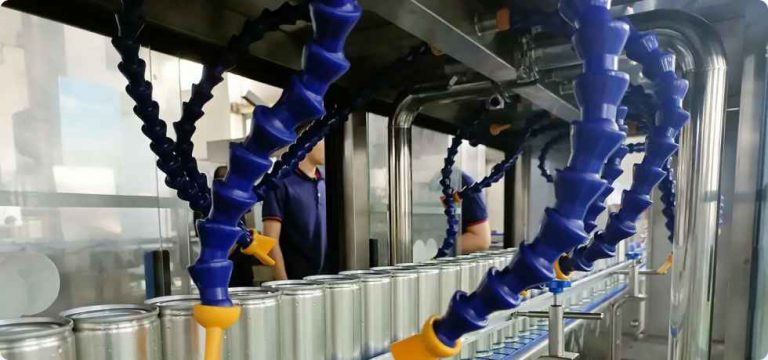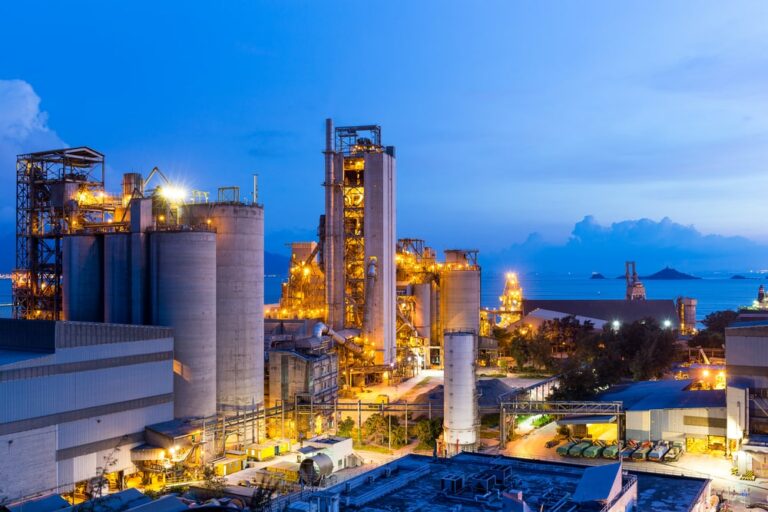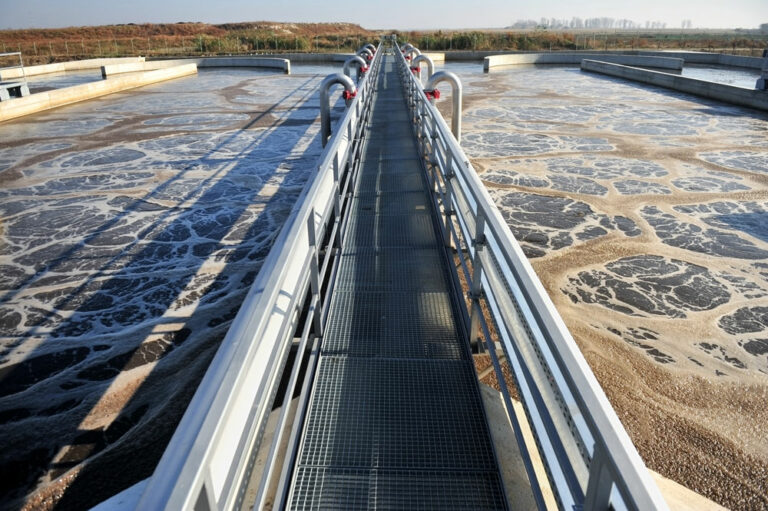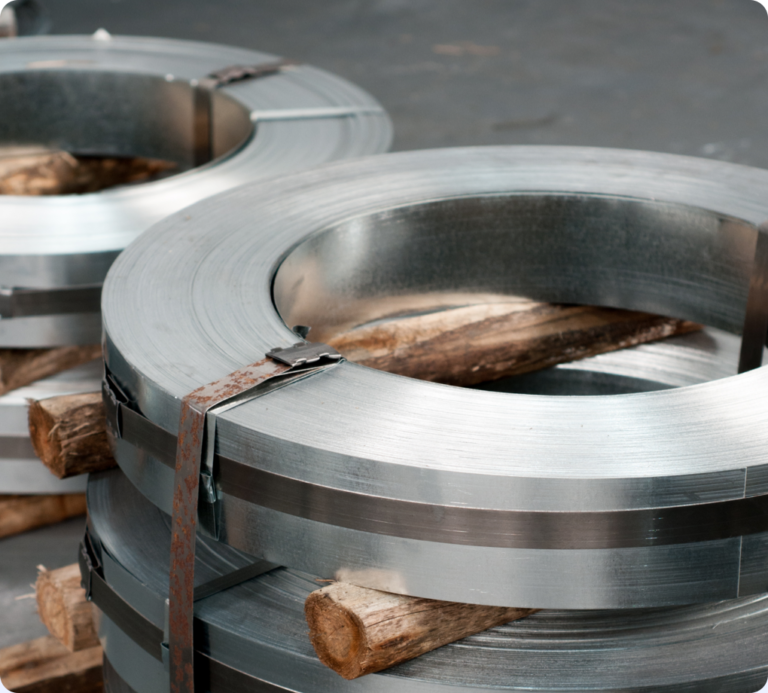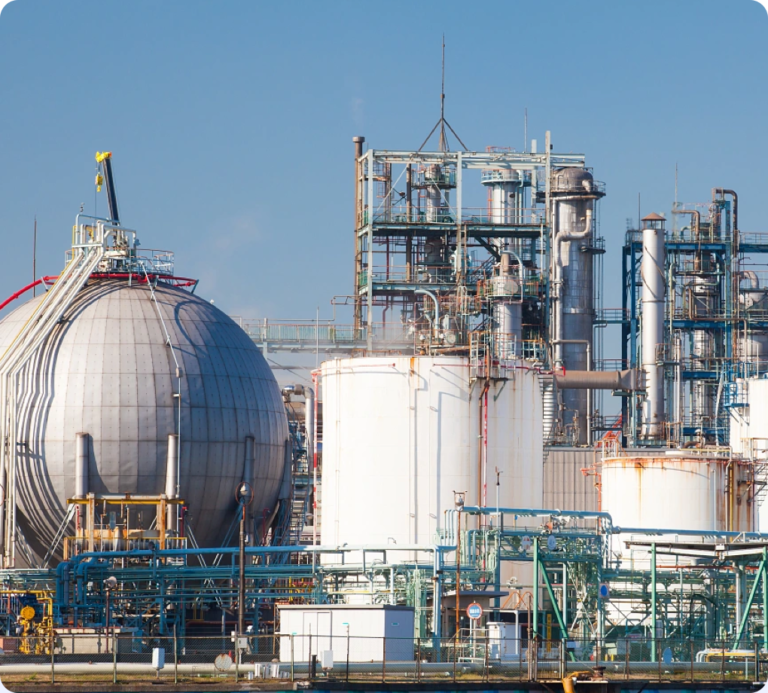We are engaged in the field of aeration blower for Paper & Pulp wastewater treatment,high-speed turbo blower manufacturers,turbo air blower system,Desulfurization blower,Sewage Treatment Air Blowers,portable turbo blower.With over 10 years of experience in the design,development,and manufacture of the fans and motors,we export to over 30 countries and regions such as Senegal,Madagascar,Bermuda,Philippines,Burkina Faso etc .High quality,prompt delivery,superior service and competitive prices are always assured.Developing business based on the quality is the tenet we have always held. Besides the products listed in our catalogs, we also offer OEM services.
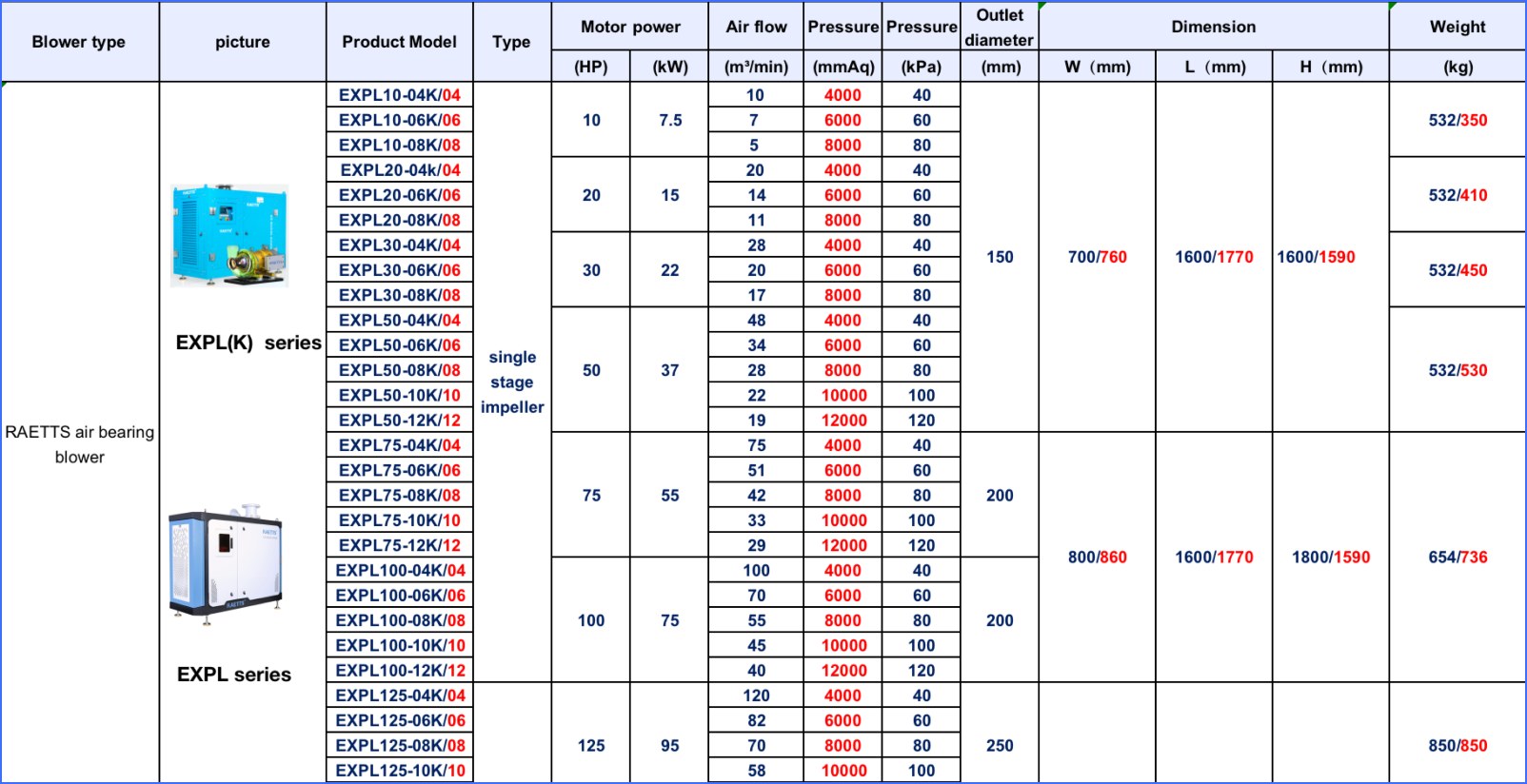
| Product name | Air blower for waste water treatment system |
| Keyword | aeration blower for Paper & Pulp wastewater treatment,high-speed turbo blower manufacturers,turbo air blower system,Desulfurization blower,Sewage Treatment Air Blowers,portable turbo blower |
| Place of Origin | China |
| Feature | RAETTS air bearing turbo blower is a brand-new concept blower, which integrates the main core technologies such as “air suspension bearing”, “permanent magnet ultra-high-speed motor”, “high-precision aviation-grade impeller”, and creates a new era of ultra-high efficiency ,low noise and low energy consumption. |
| Dimensions | 785mm*722mm*828mm, (Contact us for specific information to confirm) |
| Applicable Industries | thermal power plant, etc. |
| Weight | 502kg |
| delivery date | the common delivery time will be 30-40 days. |
| terms of paymen | RAETTS accept payment by T/T(30% advance payment,70% before shipment) |
| Life span | 16 years (Contact us for specific information to confirm) |
| After-sale service | RAETTS warranty time for air bearing blower and maglev turbo blower is 24months,for high speed centrifugal blower is 12 months. |
| Advantage | We keep good quality and competitive price to ensure our customers benefit |
| Packing | 842x884x833mm(Contact us for specific information to confirm) |
| OEM/ODM | Customization Service Provided |
| Sales country | All over the world for example:Senegal,Madagascar,Bermuda,Philippines,Burkina Faso |
| MOQ | 3pcs(Contact us for specific information to confirm) |
| production capacity | production capacity RAETTS production quantity for air bearing blower and maglev turbo blower is about 200pcs/month,for high speed centrifugal blower is about 700pcs/month. |
| raw materials | RAETTS air blower impeller in made of aluminum alloy,enclosure material is carbon steel,rotor material is cast iron.If customers need other special materials,we can also customized according to customers requirements |
| technology | RAETTS air bearing blower technology is originated from South Korea and maglev turbo blower technology is originated from Germany.RAETTS also have R&D team from Xi’an Jiaotong University |
| quality system | RAETTS has quality management system certificate ISO9001:2015 and enviromental management system certificate ISO14001:2015 |

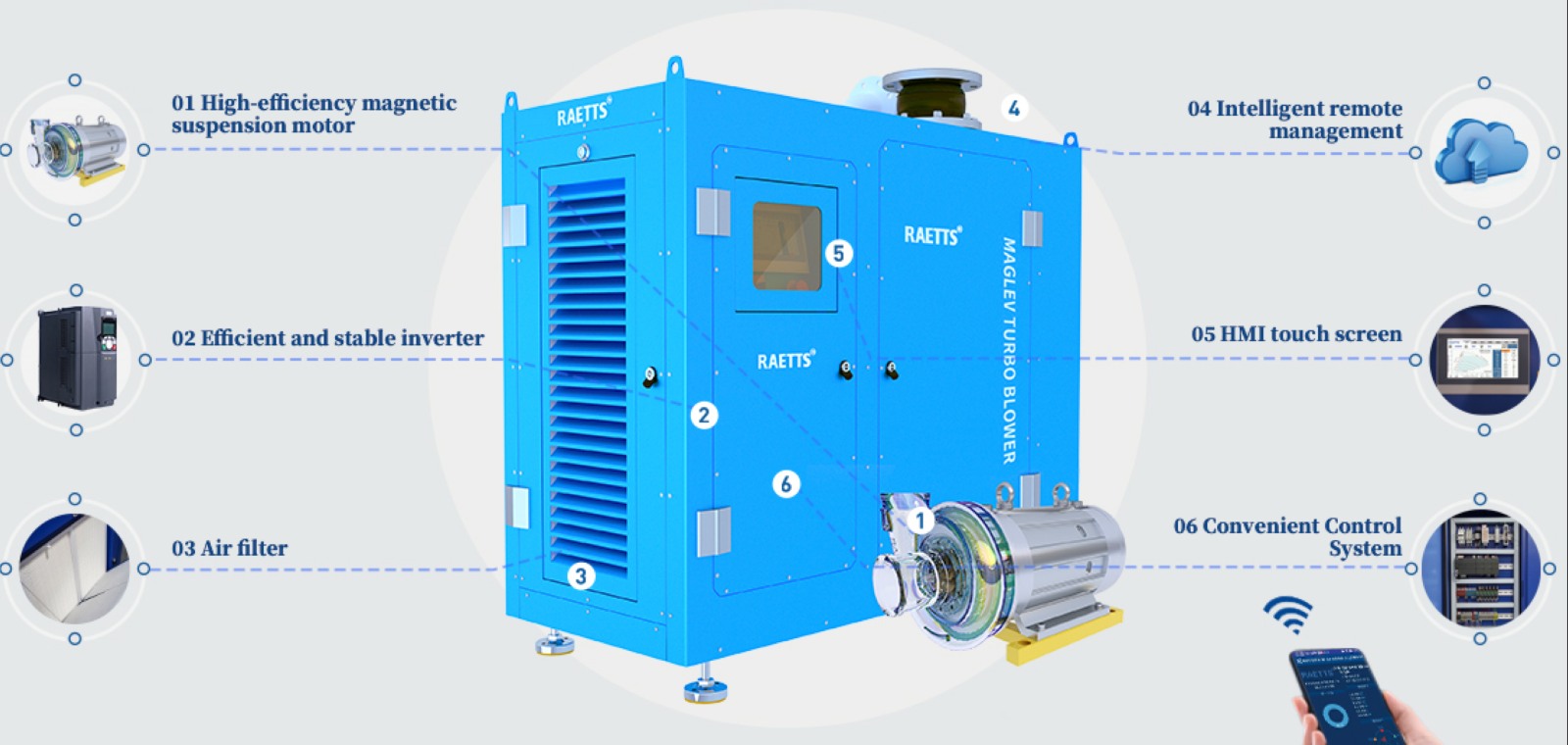
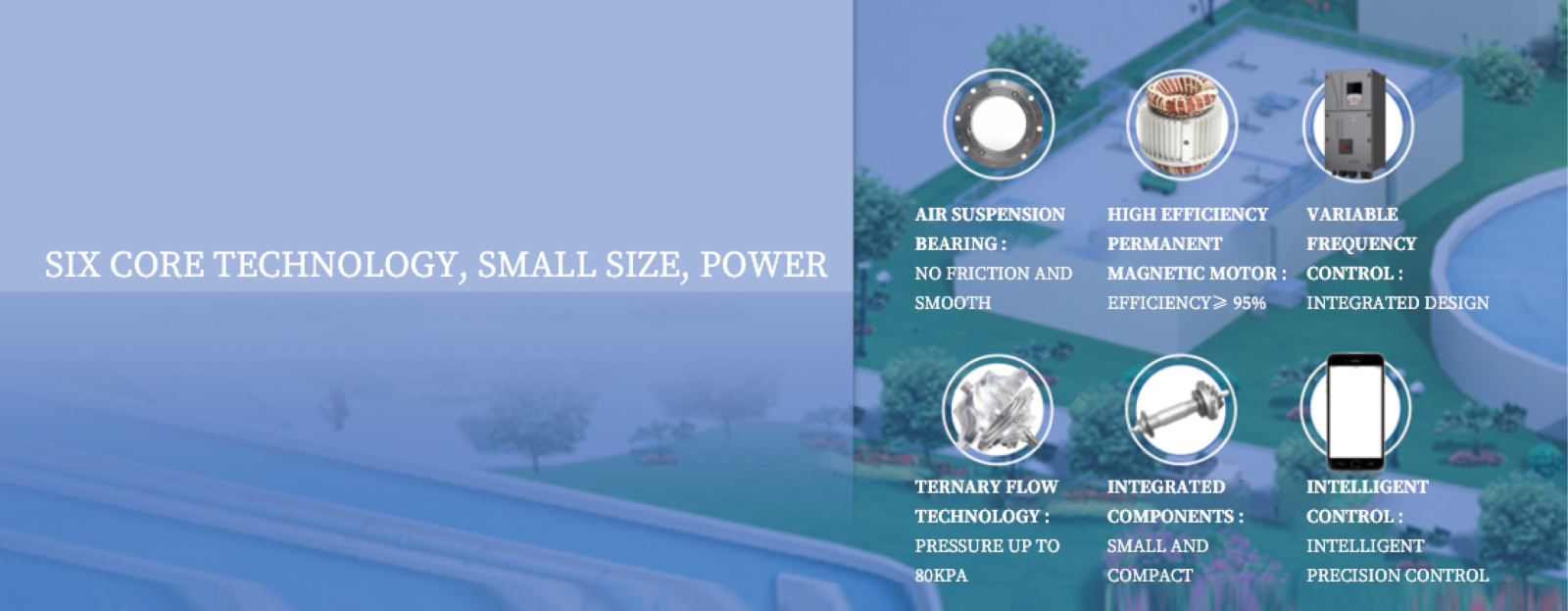
Air blower for waste water treatment system services FAQs Guide
Are you looking for a quick review guide about Air blower for waste water treatment systemservices?
An ultimate FAQ buying guide is available to help you.This guide contains all the information about all the important facts, figures, and various processes regarding Air blower for waste water treatment system services.
Let’s continue!
2.How Does a Turbo Blower Compare to Traditional Centrifugal Blowers?
3.What are the different types of Air blower for waste water treatment system available in the market?
4.What are the maintenance requirements for an Air blower for waste water treatment system?
5.Are There Customizable Options Available for Turbo Blowers?
6.How Does a Variable Speed Drive Affect a Turbo Blower’s Performance?
7.What are the advantages of using an turbo Air blower for waste water treatment system?
8.How Does a Turbo Blower Ensure Oil-Free Operation?
9.About the scale of Air blower for waste water treatment system factory
10.Are Turbo Blowers More Suitable for Certain Applications?
11.What are the Main Components of a Turbo Blower?
12.How Does a Turbo Blower Handle Varying Inlet Conditions?
1.What Safety Features Should I Look for in a Turbo Blower?
As one of the top Air blower for waste water treatment system manufacturers in China, we take this very seriously.
1. Overload Protection: This feature automatically shuts off the blower if it becomes overloaded, preventing damage to the motor and other components.
2. Thermal Protection: This feature monitors the temperature of the blower and shuts it off if it becomes too hot, preventing overheating and potential fire hazards.
3. Ground Fault Circuit Interrupter (GFCI): A GFCI is a safety device that shuts off the power to the blower if it detects a ground fault or electrical leak, preventing electric shock.
4. Lockout/Tagout Capability: This feature allows the blower to be locked out and tagged out during maintenance or repair, preventing accidental start-up and ensuring the safety of maintenance workers.
5. Low Noise Level: Look for a turbo blower with a low noise level to protect your hearing and reduce noise pollution in the surrounding area.
6. Vibration Isolation: This feature reduces the vibration of the blower, making it safer to operate and reducing the risk of damage to surrounding structures.
7. Safety Guards: Some turbo blowers come with safety guards to prevent accidental contact with moving parts, reducing the risk of injury.
8. Emergency Stop Button: An emergency stop button allows for quick and easy shut-off in case of an emergency or malfunction.
9. Anti-Slip Feet: Look for a blower with anti-slip feet to prevent it from moving or tipping over during operation, ensuring the safety of the operator.
10. UL or CSA Certification: Make sure the turbo blower has been certified by a reputable organization such as UL (Underwriters Laboratories) or CSA (Canadian Standards Association) to ensure it meets safety standards.
2.How Does a Turbo Blower Compare to Traditional Centrifugal Blowers?
We pay attention to the introduction and training of talents, scientifically regulate the management system, and focus on cultural construction and team cohesion.
A turbo blower is a type of centrifugal blower that uses a high-speed impeller to generate air flow. It differs from traditional centrifugal blowers in several ways:
1. Design: Turbo blowers have a more compact and streamlined design compared to traditional centrifugal blowers. This is because they use a single-stage impeller, which eliminates the need for multiple stages and reduces the overall size of the blower.
2. Speed: Turbo blowers operate at much higher speeds than traditional centrifugal blowers. While traditional blowers typically operate at speeds of 3,600 RPM or lower, turbo blowers can reach speeds of up to 30,000 RPM. This allows them to generate higher air flow rates and pressures.
3. Efficiency: Due to their high speeds, turbo blowers are more efficient than traditional centrifugal blowers. They require less energy to operate and can achieve higher air flow rates with the same power input.
4. Maintenance: Turbo blowers have fewer moving parts compared to traditional centrifugal blowers, which means they require less maintenance and have a longer lifespan.
5. Noise: Turbo blowers are generally quieter than traditional centrifugal blowers due to their streamlined design and high-speed operation.
6. Control: Turbo blowers offer more precise control over air flow and pressure compared to traditional centrifugal blowers. This is because they can adjust their speed and impeller angle to meet specific process requirements.
Overall, turbo blowers offer several advantages over traditional centrifugal blowers, including higher efficiency, lower maintenance, and more precise control. However, they may also come at a higher initial cost. The choice between the two types of blowers will depend on the specific needs and requirements of the application.
3.What are the different types of Air blower for waste water treatment system available in the market?
For the industrial air blower,normally it is including side channel blower(also called ring blower),roots blower(also called lobe blower),single-stage centrifugal blower,multi-stage centrifugal blower,air foil bearing blowers and maglev turbo blowers.
4.What are the maintenance requirements for an Air blower for waste water treatment system?
Different types of air blowers have different maintenance requirements,for traditional roots blower,end users need to add oil for lubrication,replace the ball bearing and change the air inlet filter periodically.But for turbo blower,the maintenance is quite easy and convenient,end users only need to change the air inlet filters 1-3 months.
5.Are There Customizable Options Available for Turbo Blowers?
Being one of the top Air blower for waste water treatment system manufacturers in China, We attach great importance to this detail.
Yes, there are customizable options available for turbo blowers. Some of the common customizable options include:
1. Motor Size: The motor size can be customized to meet specific power requirements and operating conditions.
2. Impeller Size and Design: The impeller size and design can be customized to achieve the desired flow rate and pressure.
3. Material of Construction: The material of construction can be customized to suit the application and environment. For example, stainless steel or corrosion-resistant coatings can be used for applications in corrosive environments.
4. Inlet and Outlet Configurations: The inlet and outlet configurations can be customized to fit the existing piping system or to optimize the flow pattern.
5. Control System: The control system can be customized to include features such as variable speed drives, remote monitoring, and automation.
6. Sound Attenuation: Sound attenuation options can be added to reduce the noise level of the turbo blower.
7. Mounting Options: The mounting options can be customized to fit the available space and installation requirements.
8. Accessories: Various accessories such as filters, silencers, and dampers can be added to the turbo blower to enhance its performance and efficiency.
It is important to consult with the manufacturer or supplier to discuss the specific customization options available for a particular turbo blower model.
6.How Does a Variable Speed Drive Affect a Turbo Blower’s Performance?
We focus on innovation and continuous improvement to maintain a competitive advantage.
A variable speed drive (VSD) can have a significant impact on a turbo blower’s performance. Here are some ways in which a VSD can affect a turbo blower:
1. Energy Efficiency: One of the main benefits of using a VSD with a turbo blower is improved energy efficiency. By adjusting the speed of the blower to match the required air flow, a VSD can reduce the amount of energy consumed by the blower. This is because the blower does not have to run at full speed all the time, which can result in significant energy savings.
2. Improved Control: A VSD allows for precise control over the speed of the blower, which in turn allows for better control over the air flow. This is especially useful in applications where the air flow requirements vary, as the blower can be adjusted to meet the changing demands.
3. Reduced Wear and Tear: Running a turbo blower at full speed all the time can put a lot of strain on the equipment, leading to increased wear and tear. By using a VSD, the blower can be operated at lower speeds when the demand is lower, reducing the strain on the equipment and extending its lifespan.
4. Noise Reduction: Turbo blowers can be quite noisy when running at full speed. By using a VSD to adjust the speed of the blower, the noise level can be reduced significantly. This is especially beneficial in applications where noise levels need to be kept to a minimum.
5. Improved Process Control: In some applications, the air flow requirements may need to be adjusted constantly to maintain a specific process condition. A VSD allows for precise control over the air flow, making it easier to maintain the desired process conditions.
In summary, a variable speed drive can have a positive impact on a turbo blower’s performance by improving energy efficiency, control, reducing wear and tear, noise levels, and improving process control. It is a valuable tool for optimizing the performance of a turbo blower in various applications.
7.What are the advantages of using an turbo Air blower for waste water treatment system?
Comparing with tradition roots blowers,single-stage blowers and multi-stage blowers,turbo blowers effciency is 20%-30% higher,which means using an turbo air blower can help customer to save about 20-30% energy,and then reduce the eletric cost.
8.How Does a Turbo Blower Ensure Oil-Free Operation?
We pay attention to user experience and product quality, and provide the best product quality and lowest production cost for cooperative customers.
A turbo blower ensures oil-free operation through its design and construction, as well as through the use of specialized components and systems.
1. Oil-Free Design: Turbo blowers are designed to operate without the need for oil lubrication. This means that all the moving parts, such as the impeller and bearings, are designed to function without the use of oil. This eliminates the risk of oil contamination in the air stream.
2. Magnetic Bearings: Turbo blowers use magnetic bearings instead of traditional oil-lubricated bearings. These bearings use magnetic fields to levitate and support the rotating shaft, eliminating the need for oil lubrication. This also reduces friction and wear, resulting in longer service life and improved efficiency.
3. Air Cooling: Turbo blowers use air cooling instead of oil cooling. This means that the blower is cooled by the surrounding air, rather than by circulating oil. This eliminates the risk of oil leaks and contamination.
4. Sealed Enclosure: Turbo blowers are enclosed in a sealed housing, which prevents any oil from escaping into the air stream. This ensures that the air being delivered is completely oil-free.
5. Oil-Free Seals: The seals used in turbo blowers are specially designed to be oil-free. This prevents any oil from leaking into the air stream and ensures that the air being delivered is completely oil-free.
6. Oil-Free Filtration: Turbo blowers use specialized oil-free filtration systems to remove any oil or contaminants from the air stream. This ensures that the air being delivered is clean and oil-free.
Overall, the combination of these design features and specialized components ensures that a turbo blower operates without the need for oil lubrication, resulting in completely oil-free operation. This is essential for applications where oil contamination is not acceptable, such as in food and beverage production, pharmaceutical manufacturing, and electronics production.
9.About the scale of Air blower for waste water treatment system factory
For now,RAETTS has 3 factory:
Ganzhou standard product production base:30000m2;
Dongguan R&D product production base:20000m2;
Germany production base:2000m2;
10.Are Turbo Blowers More Suitable for Certain Applications?
We have advanced production equipment and technology to meet the needs of customers, and can provide customers with high quality, low priced Air blower for waste water treatment system products.
Yes, turbo blowers are more suitable for certain applications compared to other types of blowers. Some of the applications where turbo blowers are commonly used include:
1. Wastewater Treatment: Turbo blowers are widely used in wastewater treatment plants for aeration and mixing processes. They are highly efficient and can handle varying airflows and pressures, making them ideal for this application.
2. Pneumatic Conveying: Turbo blowers are also commonly used in pneumatic conveying systems for transporting materials such as powders, pellets, and granules. They provide a steady and consistent airflow, making them suitable for this application.
3. Industrial Processes: Turbo blowers are used in various industrial processes such as cooling, drying, and ventilation. They are preferred for these applications due to their high efficiency, compact size, and low noise levels.
4. Aquaculture: Turbo blowers are used in aquaculture systems for providing aeration and maintaining oxygen levels in the water. They are also used for mixing and circulation in fish tanks and ponds.
5. Biogas Production: Turbo blowers are used in biogas production plants for providing the necessary air for the digestion process. They are also used for mixing and agitation in the biogas tanks.
Overall, turbo blowers are suitable for applications that require high efficiency, variable airflows and pressures, and low noise levels. They are also preferred for applications where space is limited, as they have a compact design.
11.What are the Main Components of a Turbo Blower?
Our Air blower for waste water treatment system products undergo strict quality control to ensure customer satisfaction.
1. Compressor: The compressor is the main component of a turbo blower and is responsible for compressing the air or gas that is being moved through the blower. It typically consists of a rotating impeller and a stationary diffuser.
2. Motor: The motor provides the power to drive the compressor and is usually an electric motor. The size and power of the motor will depend on the size and capacity of the turbo blower.
3. Inlet and Outlet: The inlet is where the air or gas enters the blower and the outlet is where it exits. These are usually designed to minimize turbulence and maximize efficiency.
4. Bearings: The bearings support the rotating shaft of the blower and allow it to spin smoothly. They are typically made of high-quality materials to withstand the high speeds and loads of the blower.
5. Control System: The control system is responsible for monitoring and regulating the speed and operation of the blower. It may include sensors, controllers, and other components to ensure optimal performance.
6. Cooling System: Turbo blowers generate a lot of heat during operation, so a cooling system is necessary to prevent overheating. This may include air or water cooling systems.
7. Housing: The housing or casing of the turbo blower encloses all the internal components and provides structural support. It is usually made of durable materials such as steel or aluminum.
8. Inlet Filter: An inlet filter is often used to remove any contaminants from the air or gas before it enters the blower. This helps to protect the internal components and maintain efficiency.
9. Sound Attenuator: Turbo blowers can be quite loud, so a sound attenuator is often used to reduce the noise level. This may be in the form of a silencer or other noise-reducing device.
10. Vibration Isolators: Vibration isolators are used to reduce the transmission of vibrations from the blower to its surroundings. This helps to minimize noise and prevent damage to nearby equipment.
12.How Does a Turbo Blower Handle Varying Inlet Conditions?
We maintain a certain amount of R&D investment every year and continuously improve operational efficiency to provide better services to our cooperative customers.
A turbo blower is designed to handle varying inlet conditions by adjusting its speed and flow rate to maintain a constant pressure at the outlet. This is achieved through the use of a variable frequency drive (VFD) which controls the speed of the blower motor.
When the inlet conditions change, such as an increase or decrease in air flow or pressure, the VFD will adjust the speed of the blower to maintain a constant pressure at the outlet. This is done by monitoring the pressure at the outlet and adjusting the speed of the blower accordingly.
In addition, turbo blowers are equipped with inlet guide vanes (IGVs) which can be adjusted to control the amount of air entering the blower. This allows the blower to handle varying inlet conditions without overloading the motor or causing damage to the blower.
Furthermore, some turbo blowers are equipped with advanced control systems that can automatically adjust the speed and flow rate based on the inlet conditions, ensuring optimal performance and energy efficiency.
Overall, a turbo blower is able to handle varying inlet conditions by continuously adjusting its speed and flow rate to maintain a constant pressure at the outlet, while also utilizing inlet guide vanes and advanced control systems for optimal performance.
Tag:turbo blower distributors,Turbo blower in wastewater treatment,turbo centrifugal blower,airfoil bearing blower,oil-free air blower,aeration blower manufacturer,cement blower systems

